 Sep 3, 2009 - 12:52 PM Sep 3, 2009 - 12:52 PM
|
|
 Enthusiast      Joined May 25, '06 From Hong Kong Currently Offline Reputation: 256 (100%) |
Ingridients
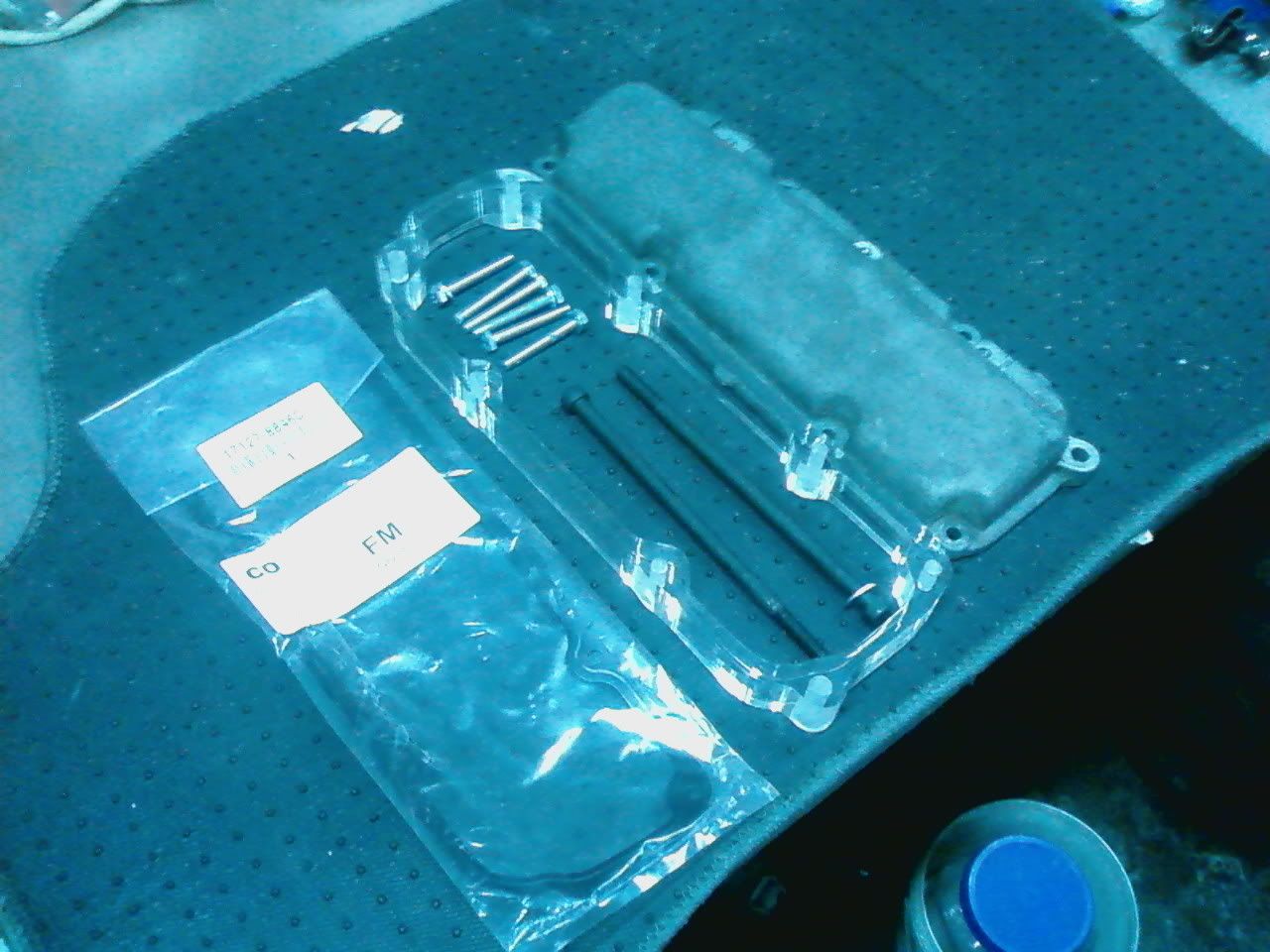 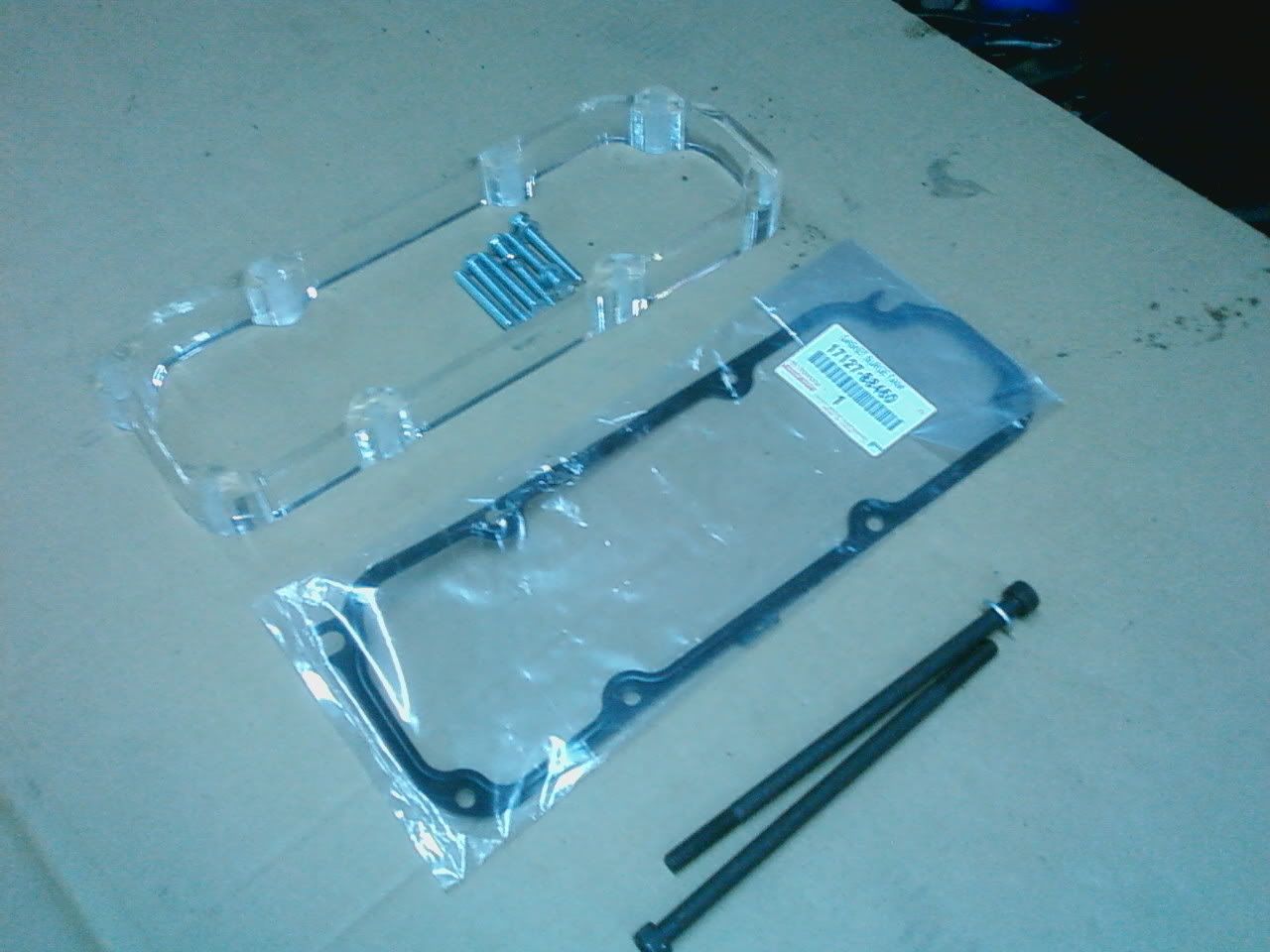 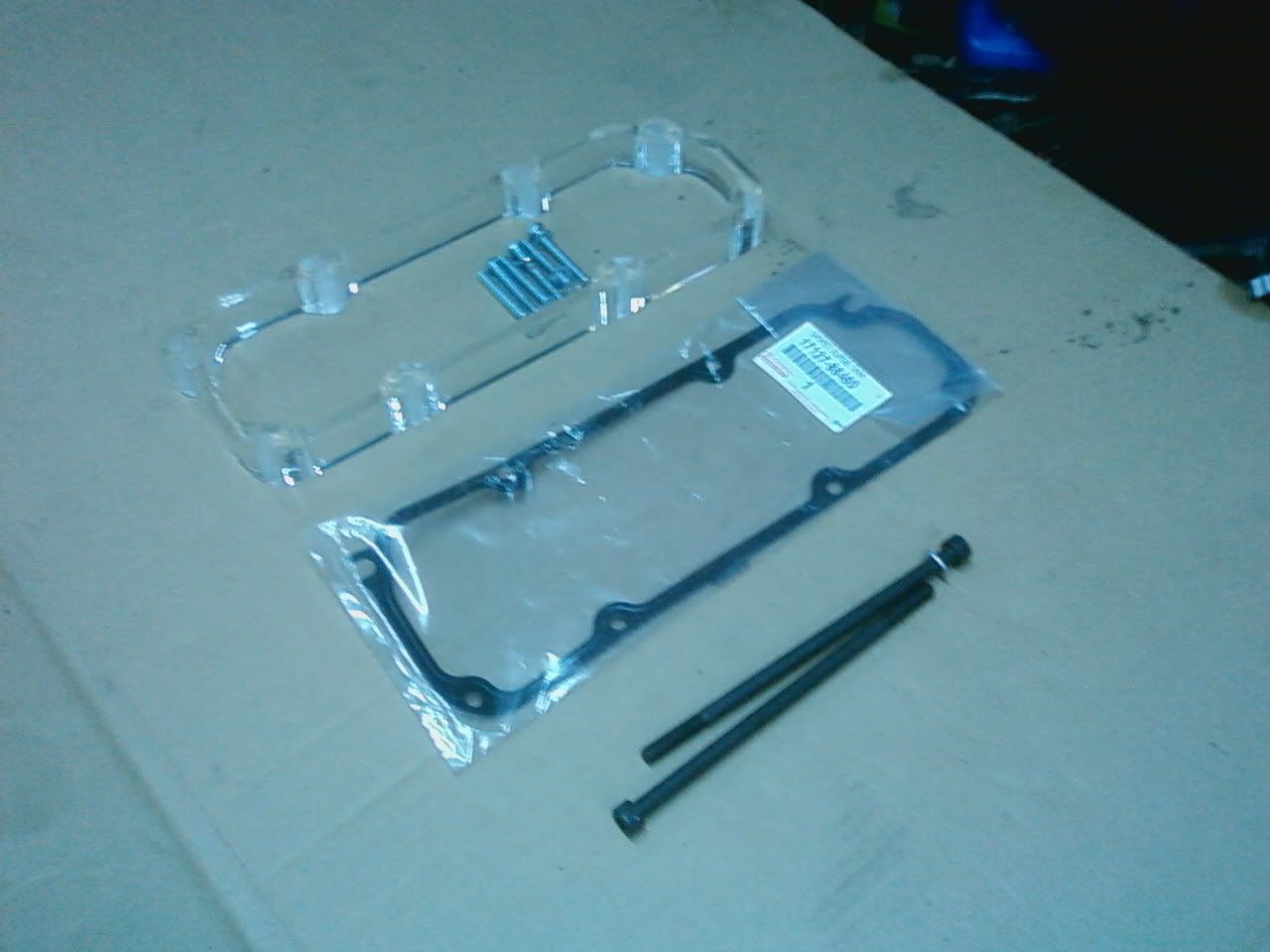 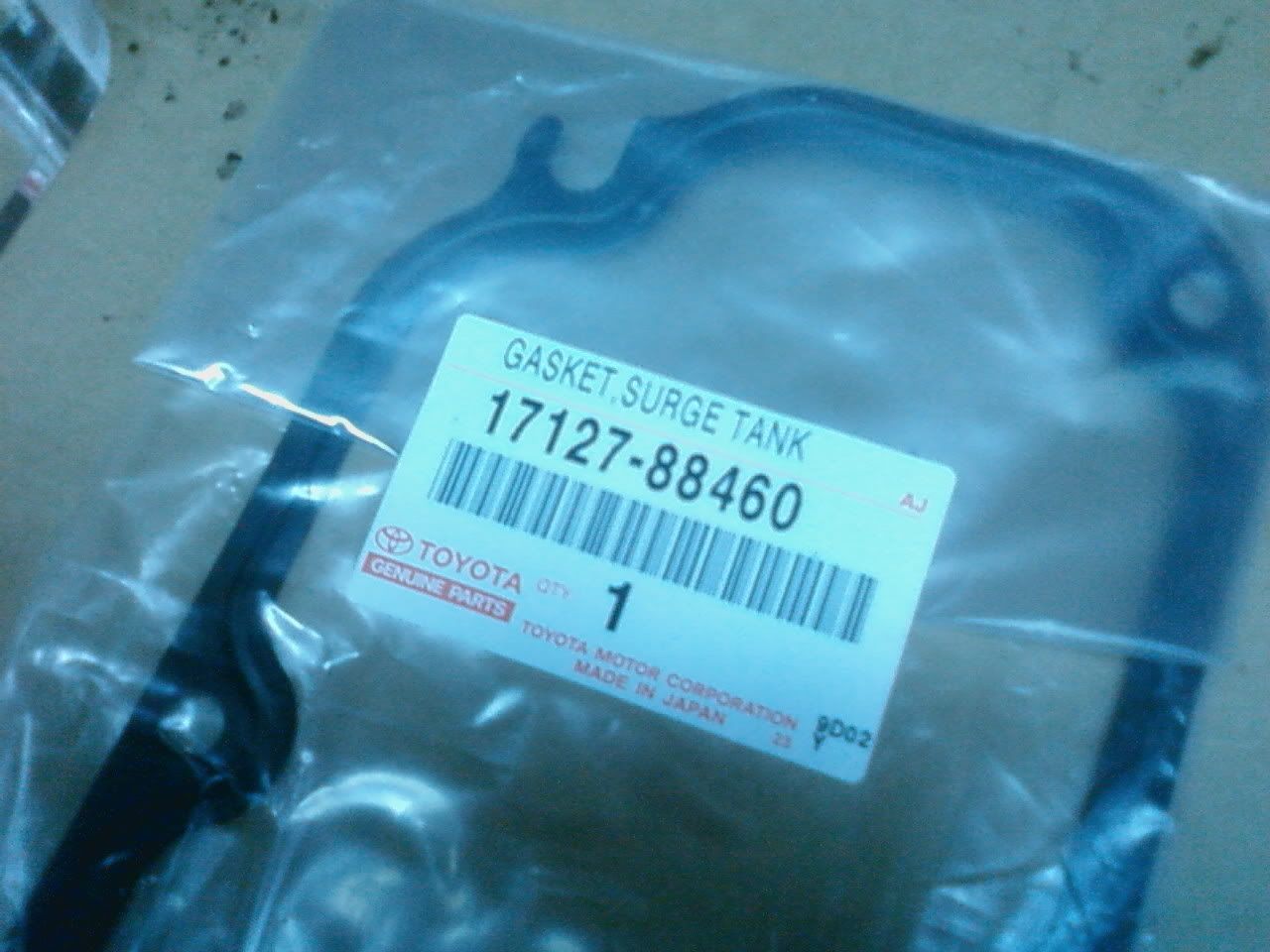 Fitted on a scrap engine 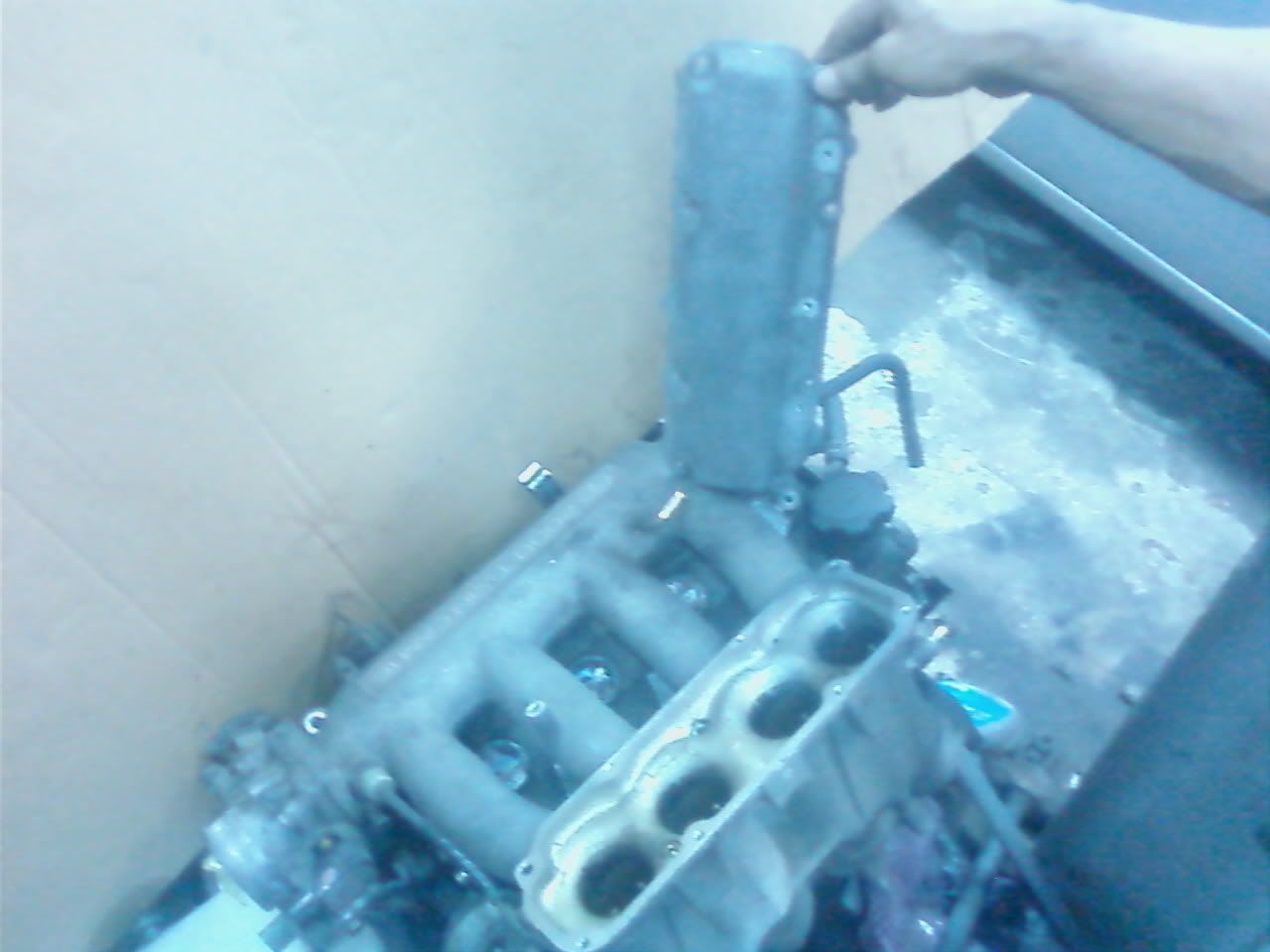 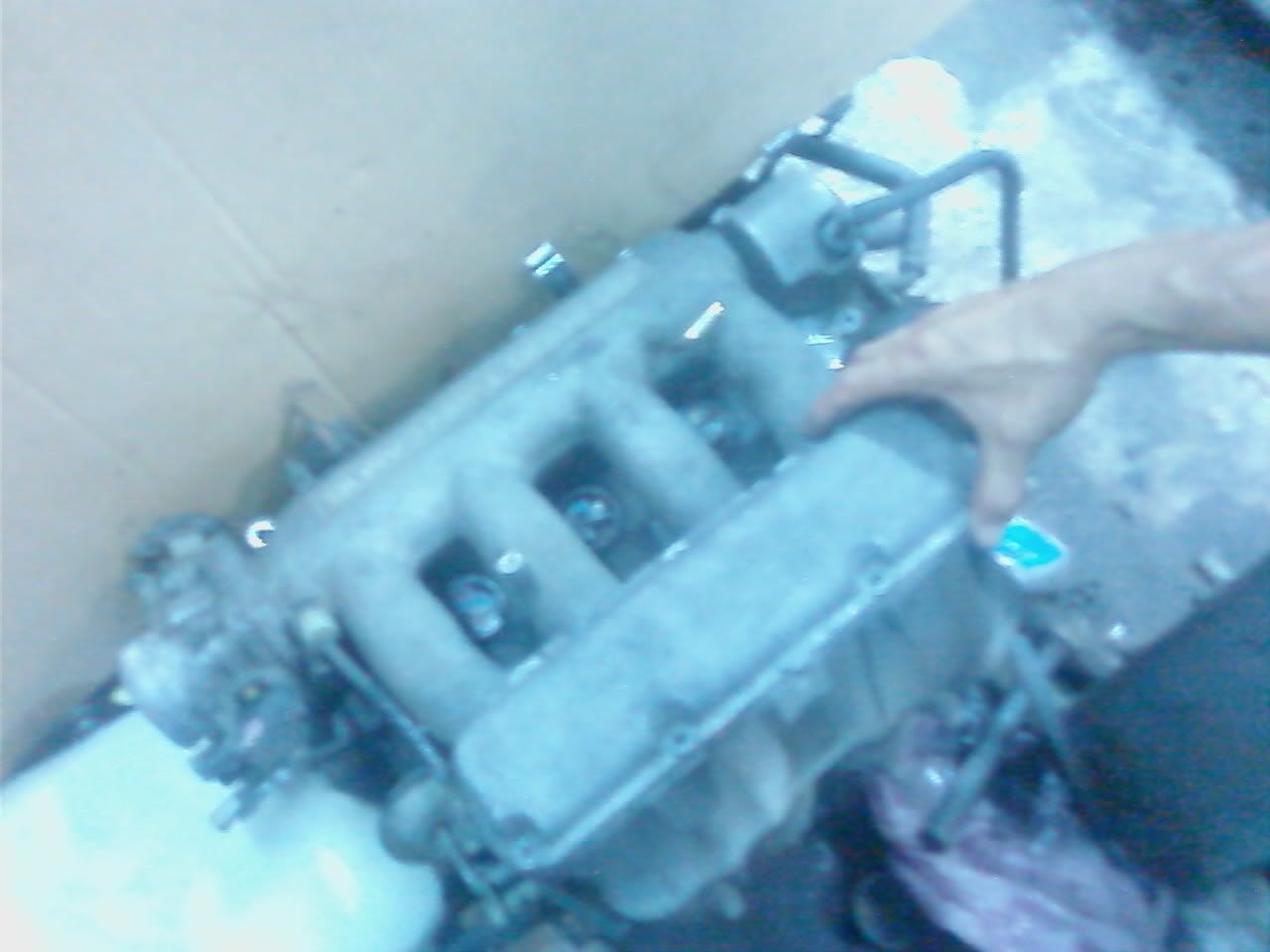 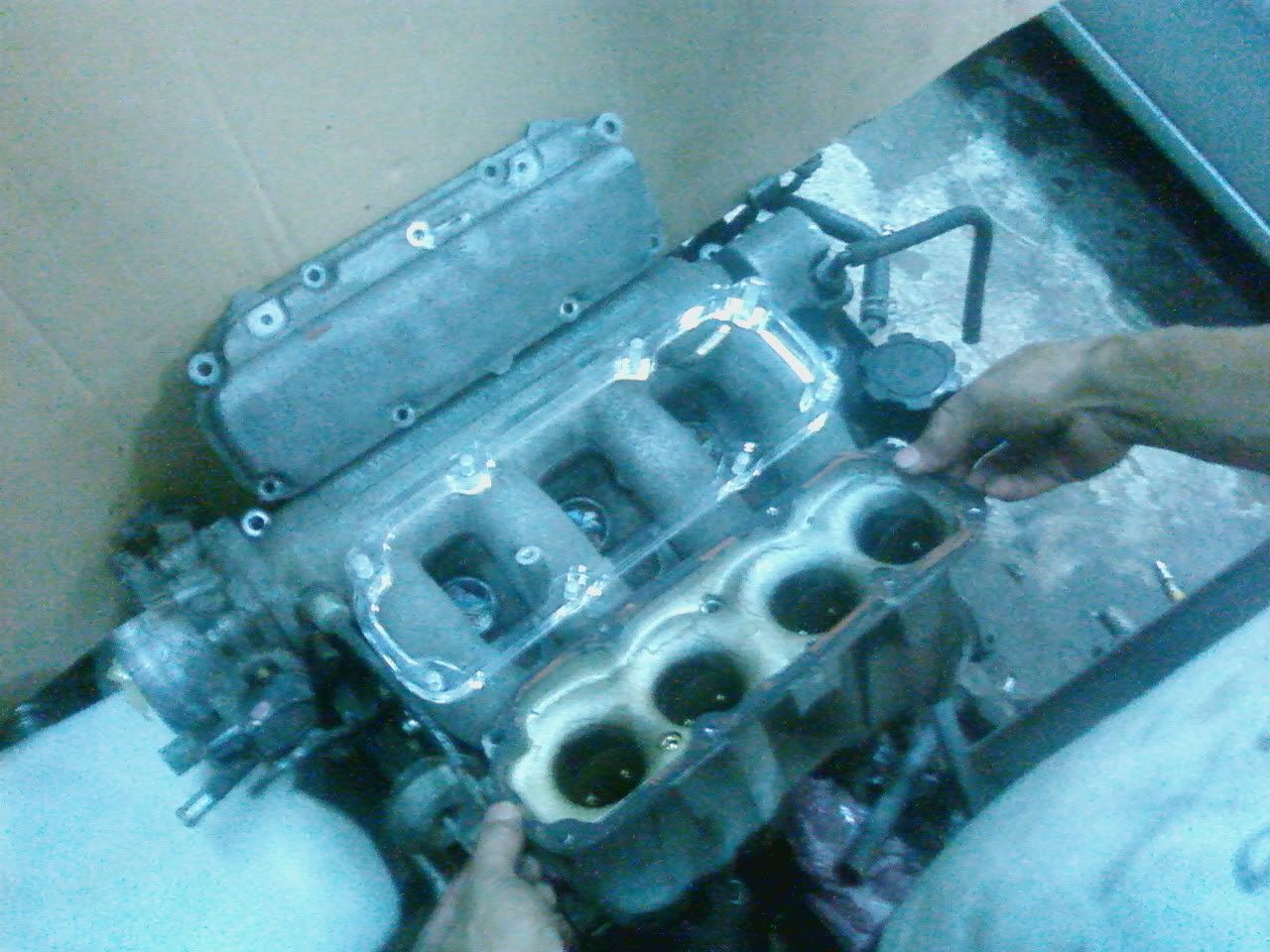 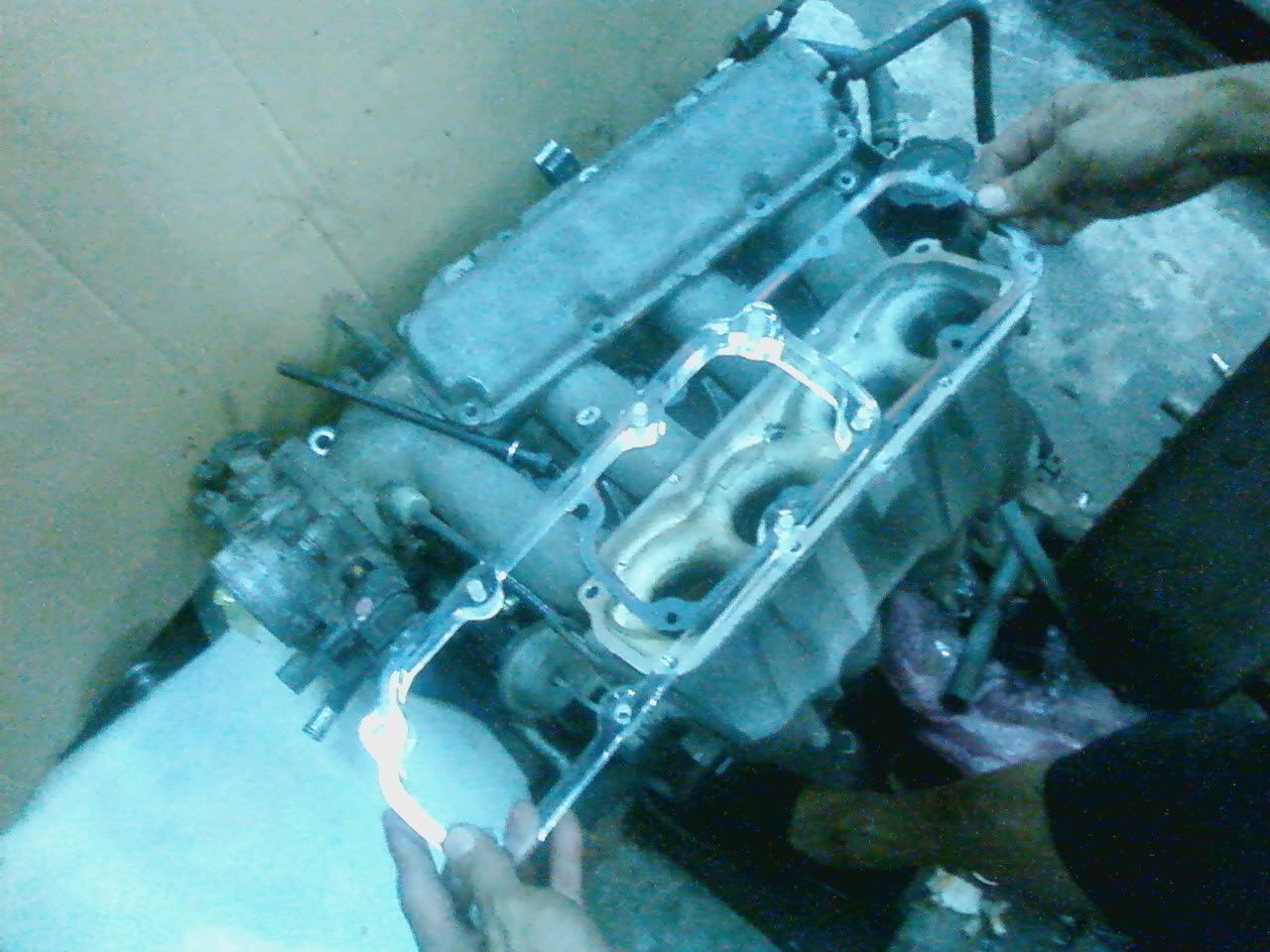 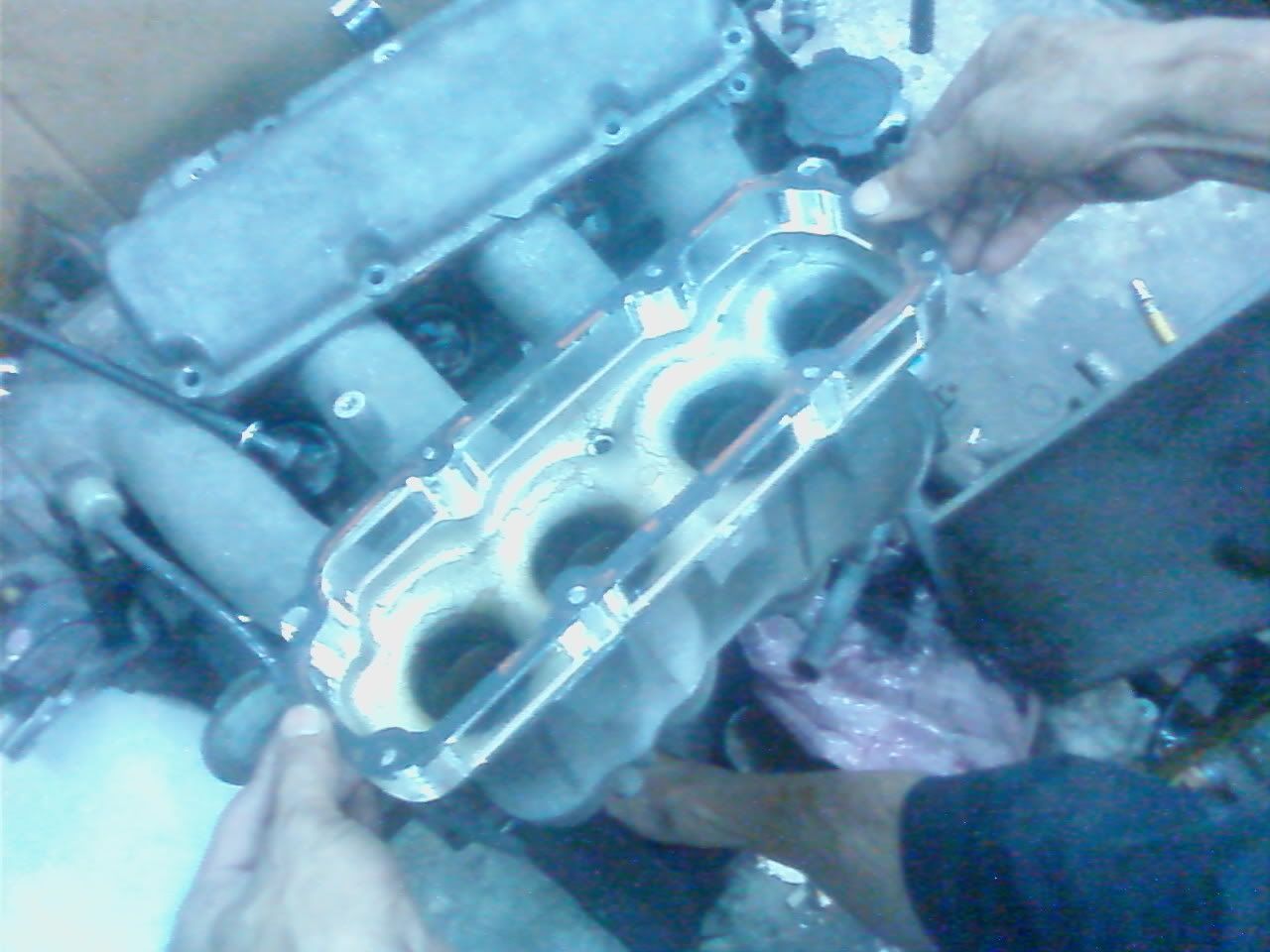 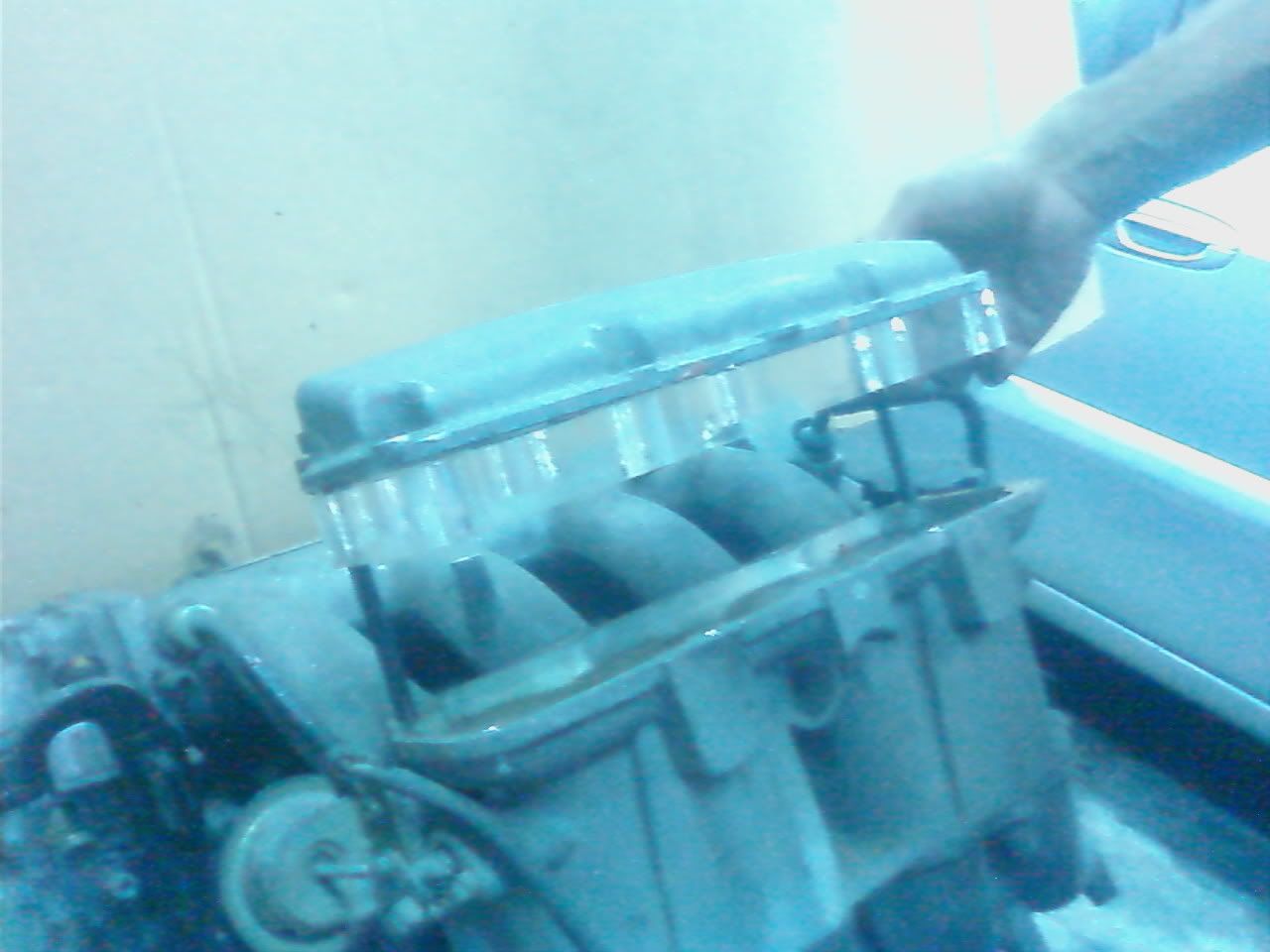 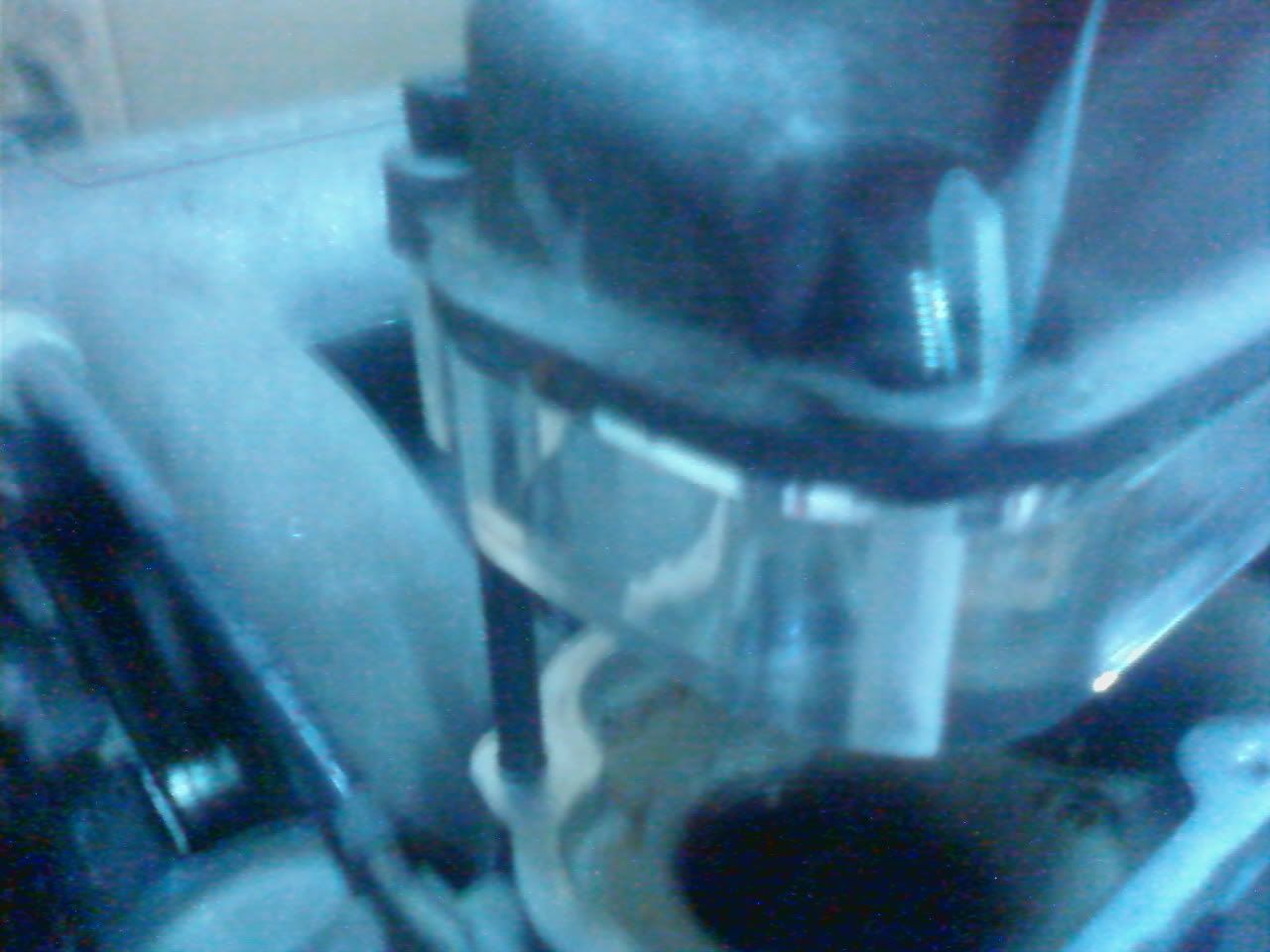 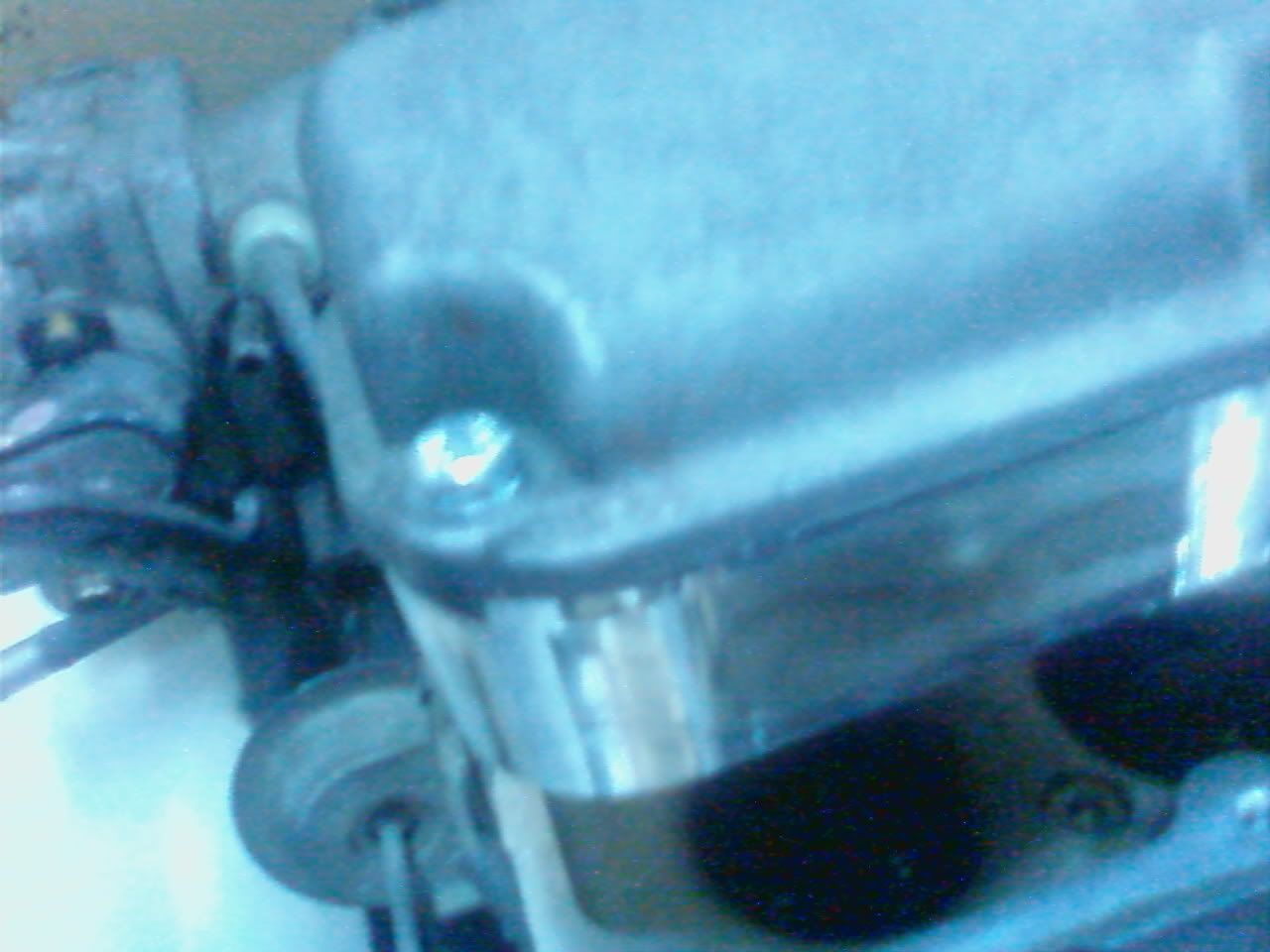 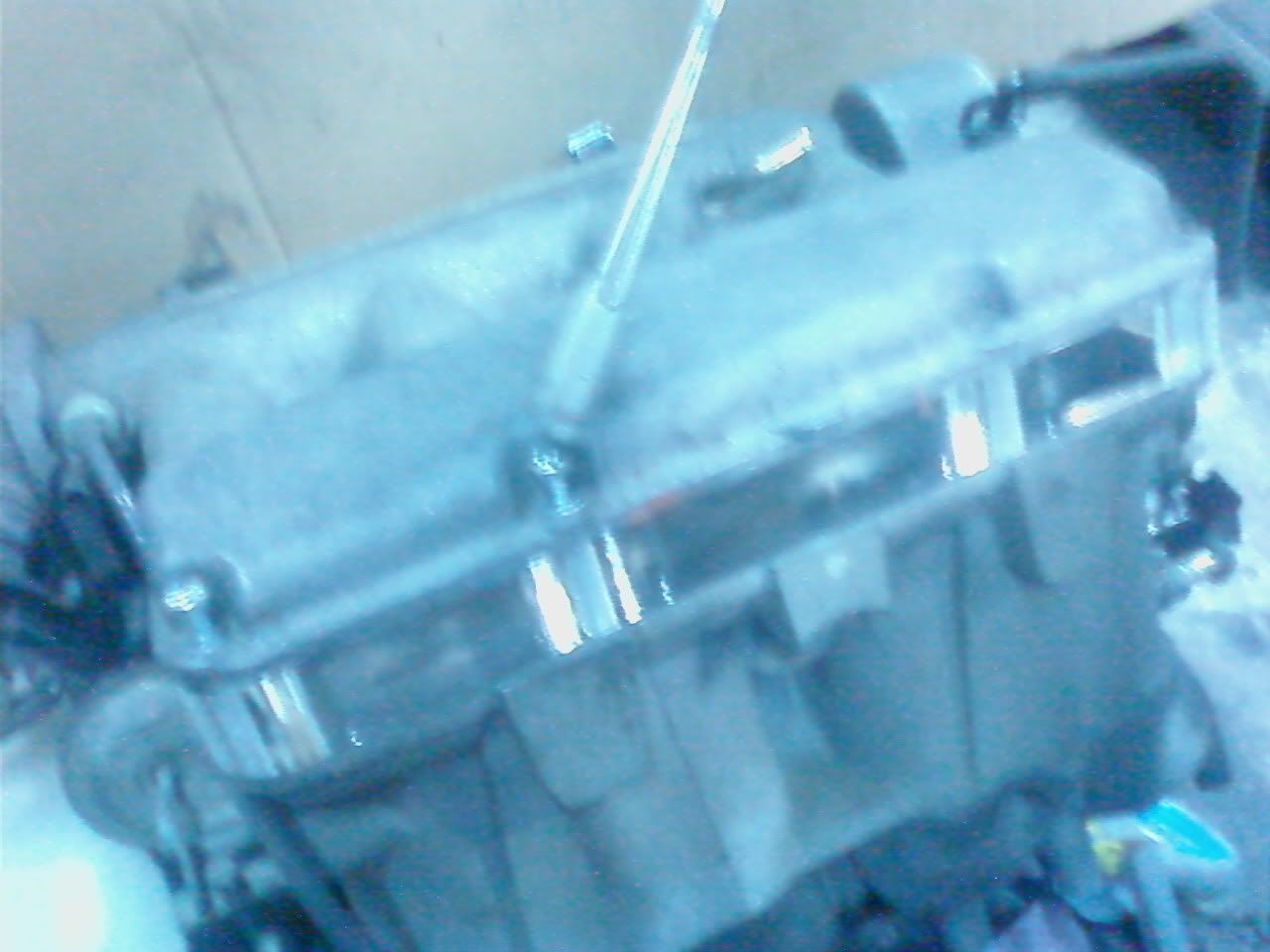 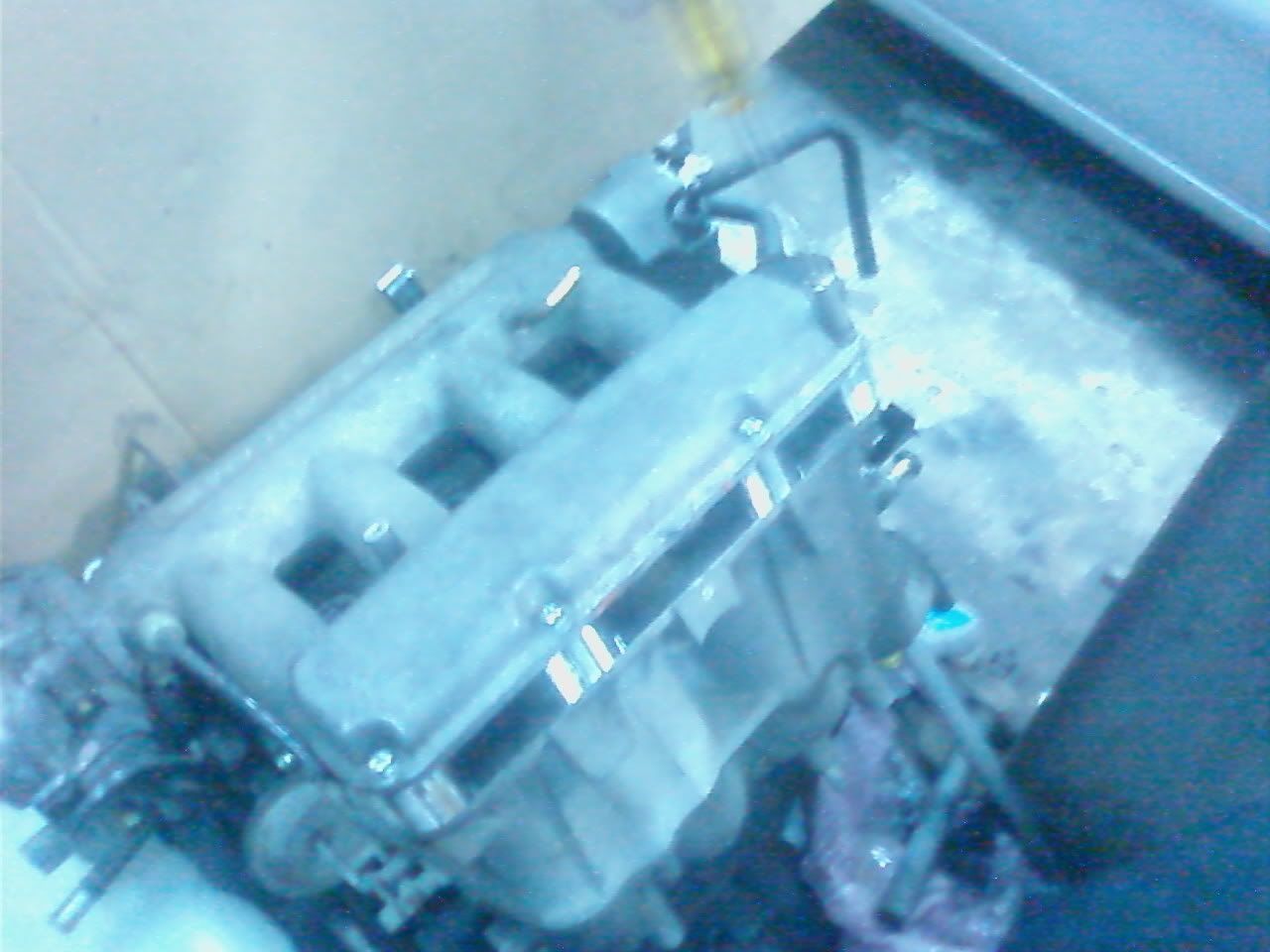 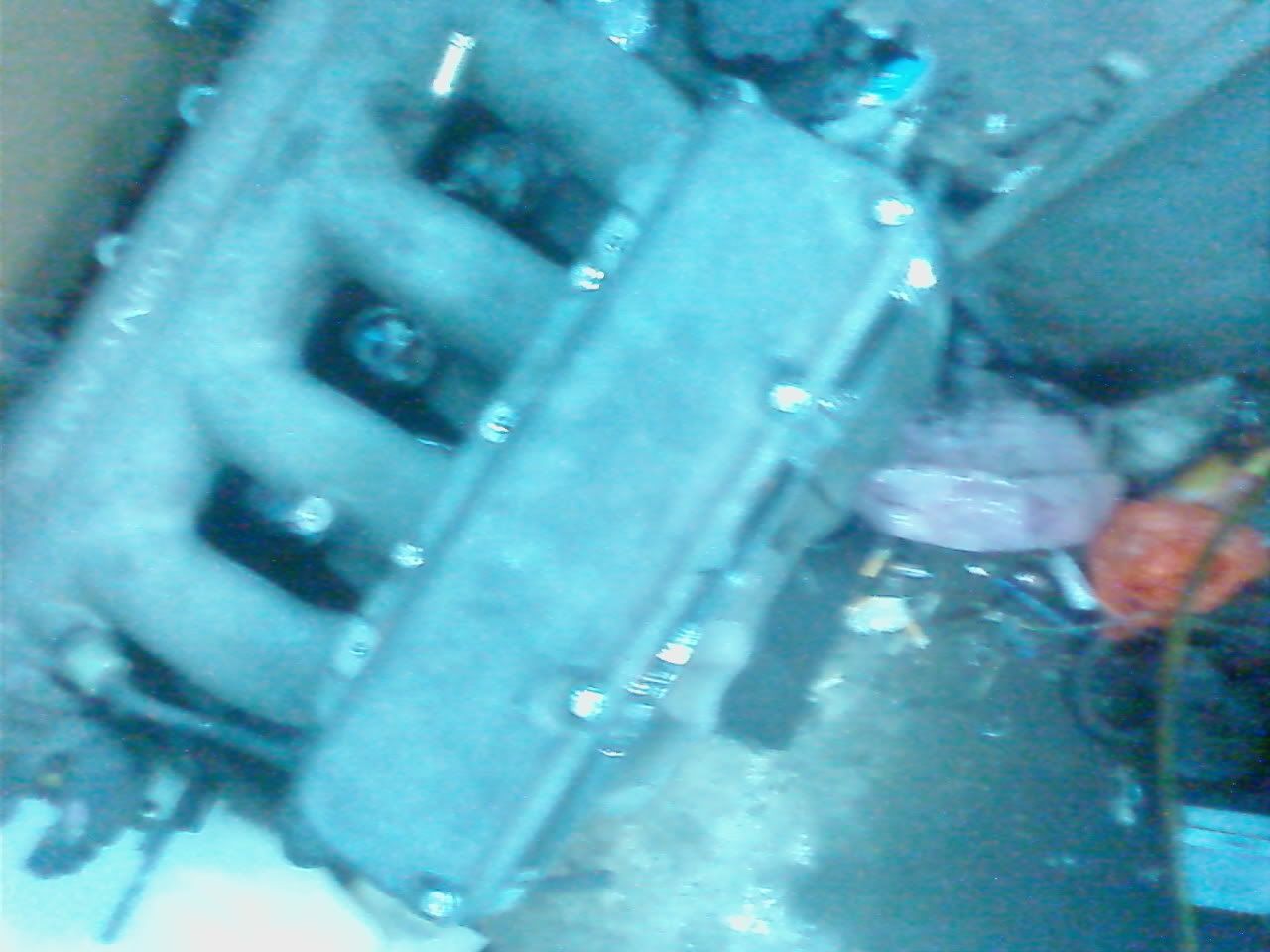 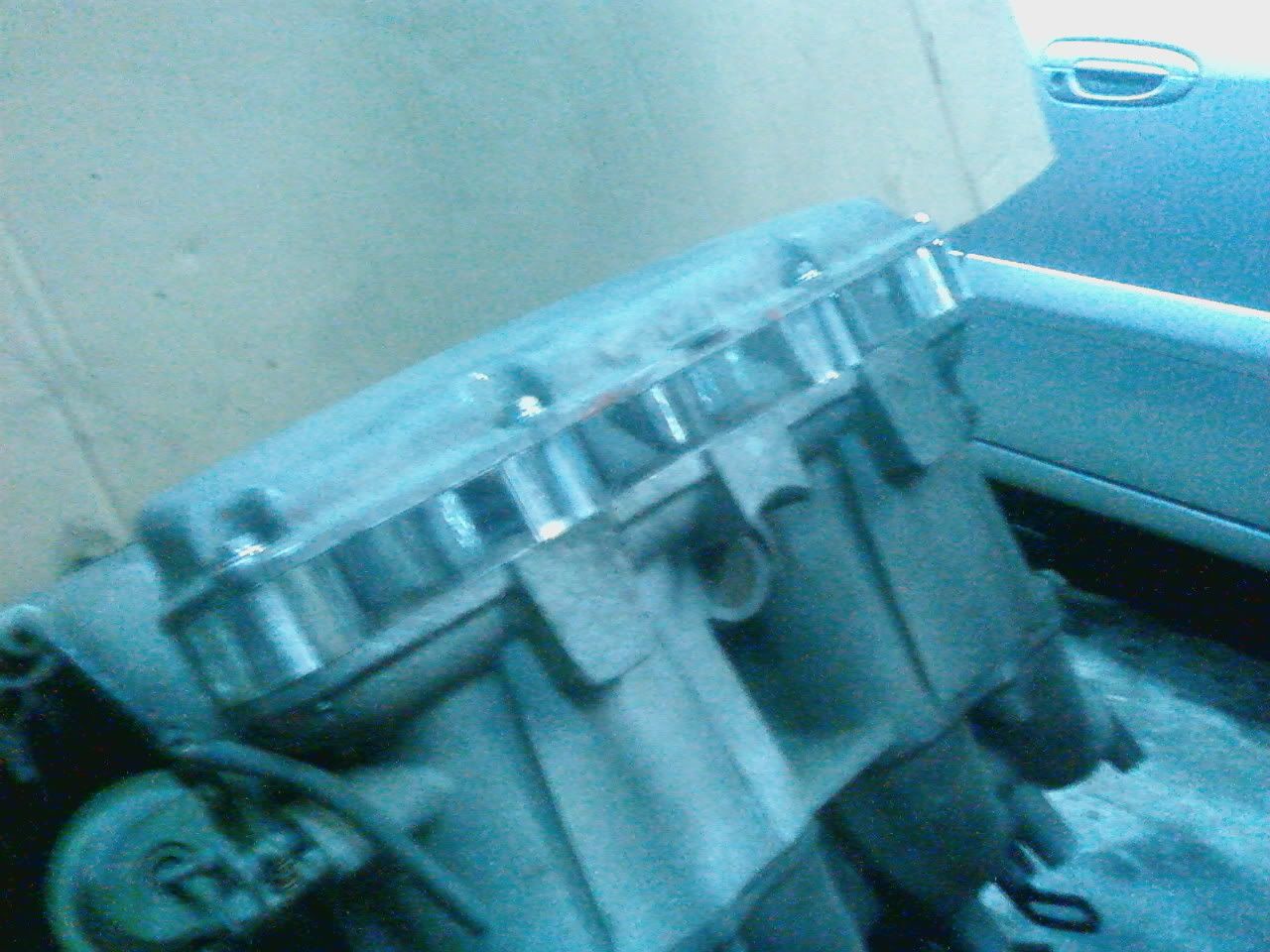
This post has been edited by vincent_doggy: Sep 18, 2009 - 11:31 AM -------------------- |
 |
Replies
 Sep 19, 2009 - 8:42 AM Sep 19, 2009 - 8:42 AM
|
|
 Enthusiast      Joined Feb 11, '08 From Auckland, New Zealand Currently Offline Reputation: 0 (0%) |
TB spacers on the other hand actually increase overall plenum volume. My guess the theory is that the MAP sensor is calibrated with the factory plenum volume, u increase the volume and there should be more air in the plenum, more so than the factory ecu recognises therefore this is a very rudimentary way of tuning the A/F ratio towards the lean side, more power is made on the assumption that the factory ECU runs rich just to be safe.
This theory can fail when you take into consideration a tuned exhaust and a cold air intake, which also adds more air (but gets metered correctly on an untampered plenum and throttle body) starts to bring the A/F ratio closer to stoich and the engine close to peak efficiency, the TB spacer will give the MAP sensor false readings and the A/F ratio leans out too much and cause the knock sensor to tell the ECU to retard ignition. Im talking out of my ass just like everyone else, its all just theory until the dyno charts of before and after come out. -------------------- Mike W
1996 Toyota Celica ST205 GT-FOUR GT2860RS turbine, TiAL mvr44, JE 86.5φ piston, Clutchmasters FX400, APEX P-FC 269awhp / 273ft-lbs |
 Sep 19, 2009 - 9:38 AM Sep 19, 2009 - 9:38 AM
|
|
|
Enthusiast  Joined Aug 24, '09 Currently Offline Reputation: 1 (100%) |
TB spacers on the other hand actually increase overall plenum volume. My guess the theory is that the MAP sensor is calibrated with the factory plenum volume, u increase the volume and there should be more air in the plenum, more so than the factory ecu recognises therefore this is a very rudimentary way of tuning the A/F ratio towards the lean side, more power is made on the assumption that the factory ECU runs rich just to be safe. This theory can fail when you take into consideration a tuned exhaust and a cold air intake, which also adds more air (but gets metered correctly on an untampered plenum and throttle body) starts to bring the A/F ratio closer to stoich and the engine close to peak efficiency, the TB spacer will give the MAP sensor false readings and the A/F ratio leans out too much and cause the knock sensor to tell the ECU to retard ignition. Im talking out of my ass just like everyone else, its all just theory until the dyno charts of before and after come out. You are correct!! For everday street application this conversation is a little irrelevant. Most people never hold there vehicle at high rpms on the street for very long for any problems to occur. Now on the track excessive leaning out could rear its ugly head and cause some problems real quick. My avg rpm on the track is 5k-8k for a solid 6-8 minutes. Then again I am not using this type of modification to get horsepower because as you stated it could have some detrimental affects. I am going about it correctly with a standalone that monitors the wideband and if it gets to lean it compensates. |
Posts in this topic
 vincent_doggy Customized Power Deck Spacer for 3SGE Sep 3, 2009 - 12:52 PM
vincent_doggy Customized Power Deck Spacer for 3SGE Sep 3, 2009 - 12:52 PM
 njccmd2002 built in some leds and conect to 12 volts. it may ... Sep 3, 2009 - 3:24 PM
njccmd2002 built in some leds and conect to 12 volts. it may ... Sep 3, 2009 - 3:24 PM
 BonzaiCelica ooo very nice, fiberglass im guessing. this is the... Sep 3, 2009 - 4:35 PM
BonzaiCelica ooo very nice, fiberglass im guessing. this is the... Sep 3, 2009 - 4:35 PM

 vincent_doggy QUOTE (BonzaiCelica @ Sep 4, 2009 - 5... Sep 18, 2009 - 8:36 PM
vincent_doggy QUOTE (BonzaiCelica @ Sep 4, 2009 - 5... Sep 18, 2009 - 8:36 PM
 Sinyk I'd like to see some tests to prove that 10hp ... Sep 3, 2009 - 4:38 PM
Sinyk I'd like to see some tests to prove that 10hp ... Sep 3, 2009 - 4:38 PM
 Kwanza26 If anything... you'll probably lose top-end po... Sep 3, 2009 - 5:21 PM
Kwanza26 If anything... you'll probably lose top-end po... Sep 3, 2009 - 5:21 PM
 Rusty did you get the other part required for this? Sep 4, 2009 - 2:01 AM
Rusty did you get the other part required for this? Sep 4, 2009 - 2:01 AM

 vincent_doggy QUOTE (Rusty @ Sep 4, 2009 - 3:01 PM... Sep 4, 2009 - 6:00 AM
vincent_doggy QUOTE (Rusty @ Sep 4, 2009 - 3:01 PM... Sep 4, 2009 - 6:00 AM
 Rusty no, the larger TB Sep 4, 2009 - 5:13 PM
Rusty no, the larger TB Sep 4, 2009 - 5:13 PM

 vincent_doggy QUOTE (Rusty @ Sep 5, 2009 - 6:13 AM... Sep 18, 2009 - 8:45 PM
vincent_doggy QUOTE (Rusty @ Sep 5, 2009 - 6:13 AM... Sep 18, 2009 - 8:45 PM
 vincent_doggy Just Fit on my ST202C
I am not a tech guy, and I d... Sep 18, 2009 - 11:34 AM
vincent_doggy Just Fit on my ST202C
I am not a tech guy, and I d... Sep 18, 2009 - 11:34 AM
 808celica good stuff V_D Sep 18, 2009 - 3:09 PM
808celica good stuff V_D Sep 18, 2009 - 3:09 PM
 delusionz I don't know about NA but I thought this would... Sep 18, 2009 - 3:47 PM
delusionz I don't know about NA but I thought this would... Sep 18, 2009 - 3:47 PM
 Bitter large air volume = good for a high revving NA engi... Sep 18, 2009 - 7:47 PM
Bitter large air volume = good for a high revving NA engi... Sep 18, 2009 - 7:47 PM
 Rusty well we pretty much know the standard dyno run fig... Sep 19, 2009 - 1:44 AM
Rusty well we pretty much know the standard dyno run fig... Sep 19, 2009 - 1:44 AM
 freddy121389 anything available like this for the 5sfe? Sep 19, 2009 - 3:13 AM
freddy121389 anything available like this for the 5sfe? Sep 19, 2009 - 3:13 AM
 delusionz Would this not upset ACIS operation too?
when ACI... Sep 19, 2009 - 4:09 AM
delusionz Would this not upset ACIS operation too?
when ACI... Sep 19, 2009 - 4:09 AM
 turnip This was featured in the last Hyper rev for the ce... Sep 19, 2009 - 6:26 AM
turnip This was featured in the last Hyper rev for the ce... Sep 19, 2009 - 6:26 AM
 vincent_doggy QUOTE (Rusty @ Sep 19, 2009 - 2:44 P... Sep 19, 2009 - 12:49 PM
vincent_doggy QUOTE (Rusty @ Sep 19, 2009 - 2:44 P... Sep 19, 2009 - 12:49 PM
 cyprus_gt So today i instal very easy the Customized Power ... Jan 23, 2010 - 9:59 AM
cyprus_gt So today i instal very easy the Customized Power ... Jan 23, 2010 - 9:59 AM
 sr666 I apologise for the holy thread revival but I... Sep 8, 2012 - 5:41 AM
sr666 I apologise for the holy thread revival but I... Sep 8, 2012 - 5:41 AM

 199celica QUOTE (sr666 @ Sep 8, 2012 - 5:41 AM... Nov 25, 2012 - 4:14 PM
199celica QUOTE (sr666 @ Sep 8, 2012 - 5:41 AM... Nov 25, 2012 - 4:14 PM
 vincent_doggy Before Installed 176.5bhp, after 186.3bhp~
Video ... Nov 25, 2012 - 2:07 PM
vincent_doggy Before Installed 176.5bhp, after 186.3bhp~
Video ... Nov 25, 2012 - 2:07 PM
 Rusty I'm still not convinced personally, haven... Nov 26, 2012 - 2:05 AM
Rusty I'm still not convinced personally, haven... Nov 26, 2012 - 2:05 AM

 vincent_doggy QUOTE (Rusty @ Nov 26, 2012 - 3:05 P... Nov 26, 2012 - 6:52 AM
vincent_doggy QUOTE (Rusty @ Nov 26, 2012 - 3:05 P... Nov 26, 2012 - 6:52 AM
 Rusty well the thing that gets me is that upper section ... Nov 27, 2012 - 12:52 AM
Rusty well the thing that gets me is that upper section ... Nov 27, 2012 - 12:52 AM
 czwalga If this really worked I'd buy one.... but coul... Nov 27, 2012 - 11:15 AM
czwalga If this really worked I'd buy one.... but coul... Nov 27, 2012 - 11:15 AM
 czwalga Found this... so yeah pretty much does nothing. 5... Nov 27, 2012 - 11:19 AM
czwalga Found this... so yeah pretty much does nothing. 5... Nov 27, 2012 - 11:19 AM  |
1 User(s) are reading this topic (1 Guests and 0 Anonymous Users)
0 Members:
| Lo-Fi Version | Time is now: November 21st, 2025 - 6:51 PM |




